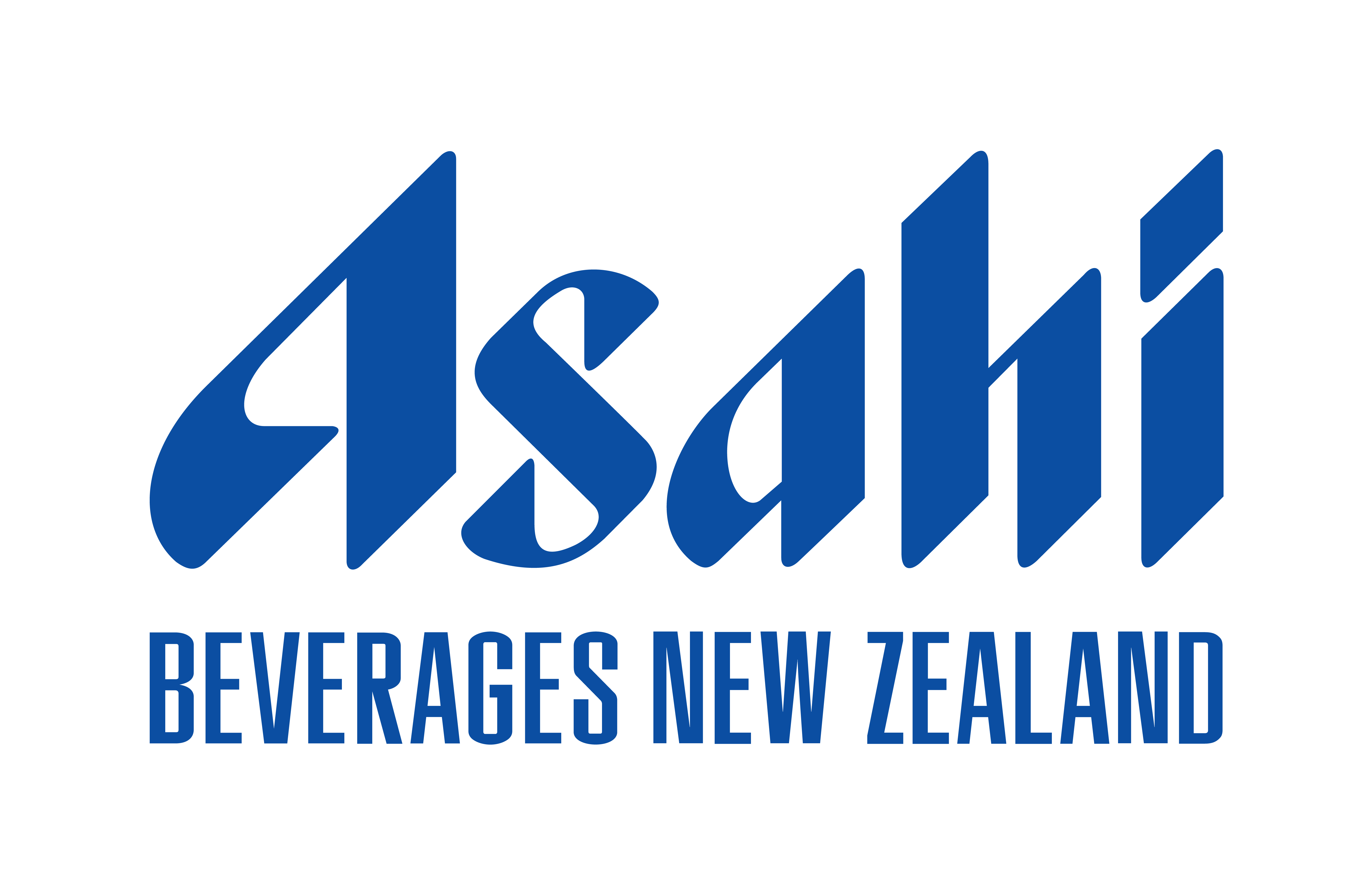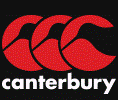
If you know your history...
Richard Boock recently became NZC’s GM Communications & Strategy. Before that he was on the other side of the fence; a cricket writer and columnist for both the New Zealand Herald and the Sunday Star-Times. He won some awards and wrote the biographies of Stephen Fleming, Daniel Vettori and Bert Sutcliffe.

Which got us thinking - if he’s working for us, why not get him working for you? So here he is, reminiscing about a game played so long ago, no-one else in the office is old enough to remember it.
New Zealand has only once before played the West Indies in a World Cup sudden-death, play-offs match. That was at The Oval in the inaugural 1975 tournament in England. Things could hardly have been more different. Sixty overs; white clothing, red balls and no fielding restrictions. Wides and bouncers delivered with impunity. Forget the DRS, there wasn’t even live television. Oh, and crowd invasions? They were de rigueur.
That’s right, 1975. Rob Muldoon was sweeping to power in New Zealand and in the UK, Maggie Thatcher was rolling Ted Heath. Volkswagen released a new car called the “Golf”, and Elvis Presley was still alive. No, really – he was actually still alive. Hair was big and shorts were short. Very short. Too short, come to think of it. And let’s not even start on the state of those bell-bottoms. Anyway, you get the picture.
In wasn’t a stretch to call the 1975 edition of the New Zealand ODI team “novices”. They weren’t the only ones finding their feet in a limited overs environment, of course - but they were hardly old hands, either. At the time of the Prudential Cricket World Cup, New Zealand had completed just four one-day internationals. Ever. And since you ask: one win and three losses.
The team? It contained the nucleus of that pioneering side who grabbed our attention under the lights of the World Series Cup. Glenn Turner, Geoff Howarth, Sir Richard Hadlee; a young Brian McKechnie – nickname then? “Colty”. Then there was Dag Parker, Mystery Morrison and Brian Hastings. Ken Wadsworth was there, as were two more Hadlees: Dayle and Barry.
New Zealand’s attack was useful. Richard Collinge’s left-arm pace from one end; a youthful Sir Richard from the other. Dayle and Colty bowling through the middle overs, along with left-arm spinner Hedley Howarth. Lance Cairns was there, in his pre-Excalibur days. Variety aplenty but, alas, something of an elongated tail. Wadsworth was batting at six, after which followed a string of bowling all-rounders.
New Zealand had qualified for the semi-finals after beating India and Kenya (still referred to at the time as “East Africa”, eleven years after it became a republic), and losing to England. Turner, the side’s skipper, had been our star performer, stroking 171 against East Africa and then scoring a century against India, in the process defusing their trump card - left-arm spinner, Bishen Bedi.
If New Zealand were relative newcomers to ODI cricket, the West Indies were positively in the embryonic stage. The only previous ODIs they’d played were two games in England a couple of years earlier. It’s true, the 1975 Windies were about to morph into something much bigger and much more successful. Still, they weren’t lacking much in 1975, either. In many ways, the 1975 Cricket World Cup was our first sign of what was to come.
The batting line-up bristled with talent: Roy Fredericks, Gordon Greenidge, Alvin Kallicharran, Rohan Kanhai, Clive Lloyd – and a young buck named Isaac Vivian Alexander Richards. Heading the pace attack was the menacing Andy Roberts. Throw in a couple of decent all-rounders in Keith Boyce and Bernard Julien, and a crack spinner in Lance Gibbs, and they were close to the complete package.
Under Lloyd, the West Indies reached the semi-final against New Zealand unbeaten. Comfortable wins against Sri Lanka and Australia book-ended a stirring, last-gasp triumph against Pakistan. This, they won with two balls to spare and with their last pair (Deryck Murray and Roberts) at the wicket, having added 64 in an unbroken ninth-wicket stand.
The West Indies were the semi-final favourites; the darlings of the cricketing world - the sizeable West Indian community in London affording them close to home ground status. New Zealand had toured the Caribbean in 1971-72 and emerged with five Test draws. But despite what we’ve seen in that cracking doco, Fire in Babylon, the West Indians were already on the march in 1975.
As for the semi-final, well - it went with predictions. Put into bat, New Zealand were bowled out for 158 in 52.2 of the available 60 overs. Following Mystery Morrison’s early loss, Turner and Geoff Howarth added 90 for the second wicket before both fell in quick succession. New Zealand never recovered; the long tail proving a problem. Hastings – our No.5, was marooned unbeaten on 24 when the innings concluded.
There was a brief ray of hope for Turner’s side after the break; Fredericks caught off Dayle Hadlee when the score was just eight. But that was gradually extinguished during a match-winning, 125-run stand between Greenidge and Kallicharran. A handful of wickets at the 130 stage was too little, too late for New Zealand. The Windies went on to win with five wickets, and the best part of 20 overs to spare.
The silver lining for New Zealand? Only that they were beaten by cricket’s first world champions. The West Indies carried on to knock over Australia in the final and capture the first world cup - and then followed that up by repeating the dose in the second tournament, in 1979. They also reached the final in 1983 before being de-throned by a jubilant Indian side.
And since then? A semi-final loss in 1996, failing by just five runs to beat Australia and progress to the final. A quarter-final loss to Pakistan in 2011. New Zealand in the same post-1983 Cricket World Cup period has been to the races five times: a quarter-final in 1996, and four semis – in 1992, 1999, 2007 and 2011. All of which means not very much, I’m afraid. These things have a habit of writing their own scripts.
)
















